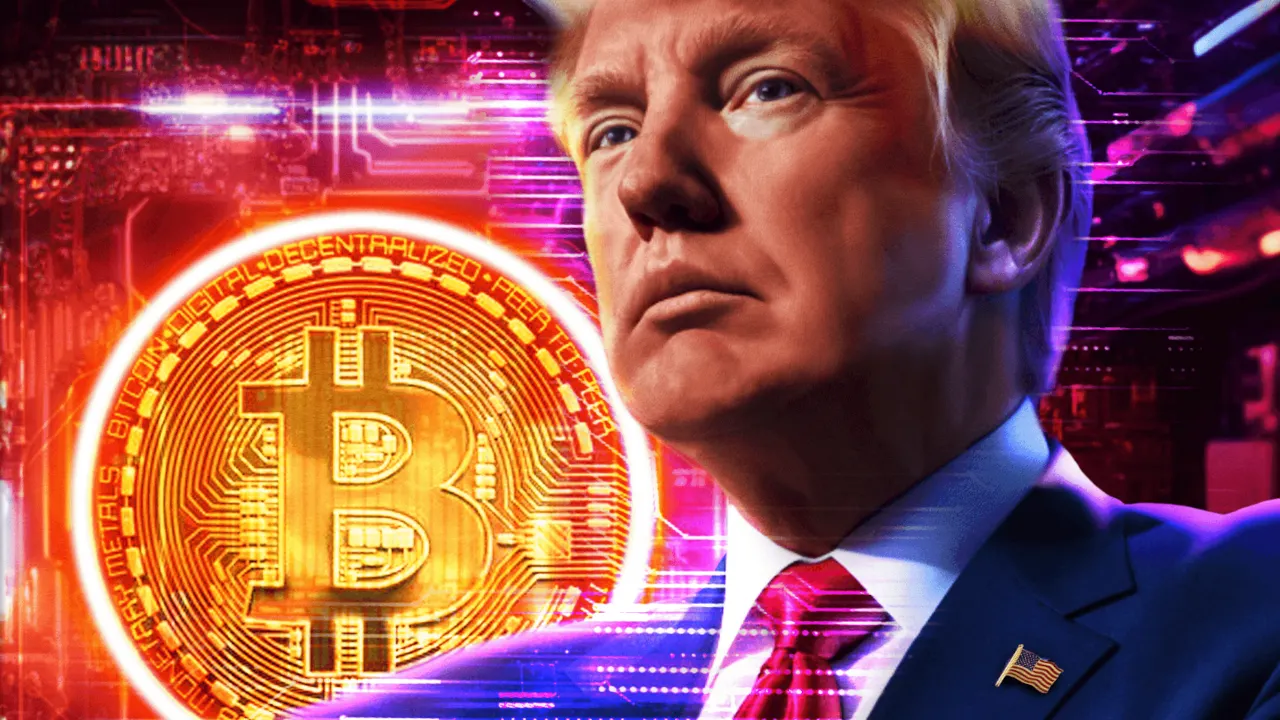Bitcoin’s price jumped above $90,000 on Wednesday, surpassing the psychological barrier amid hopeful signs that U.S. President Donald Trump would scale back tariffs on Canada and Mexico that might hamstring the economy or deter the Federal Reserve from cutting interest rates.
The leading cryptocurrency by market value was recently trading near $89,700, holding onto gains that it started accumulating during Asia trading hours, according to crypto markets data provider CoinGecko. BTC is up by 3% over the past 24 hours.
“Commerce Secretary Howard Lutnick’s comments yesterday that the current round of tariffs is open to negotiation, and that there could be an amendment as soon as today, helped boost hopes that the eventual impact won’t be as painful,” researcher Noelle Acheson wrote on Wednesday in her Crypto Is Macro Now newsletter.
A U.S. trade war with two of its two biggest trading partners, heightened tensions in Ukraine, and other macroeconomic issues have unsettled crypto and other risk-on assets in recent weeks. Bitcoin fell as low as $82,700 on Tuesday and traded below $79,000 last week before rebounding over the weekend when Trump announced the creation of a “strategic crypto reserve.”
Wednesday’s jump dovetailed with major equity indexes, as the the S&P 500 had climbed by 1.2% in midday trading, per Yahoo Finance.
Still, some analysts remain jittery about the impact of a potential trade war on the U.S. economy, which has already shown signs of faltering.
“Like the rest of the equities market, we’re starting to price in the potential for a recession due to global trade slowing down as reciprocal tariffs come into play,” Greg Magadini, director of derivatives at the crypto data provider Amberdata, told Decrypt.
Speaking on Tuesday night during an address to Congress, Trump said his trade policies would create “a little disturbance, but we’re okay with that.”
As Trump’s tariffs have battered stocks, bonds have become more attractive, according to Brian Rudick, head of research at crypto market maker GSR. He told Decrypt that risk-off sentiment is reflected by a drop in the 10-year Treasury yield to 4.23% from 4.42% a month ago.
“People are now watching economic growth particularly closely,” he said. “Folks are looking at the incoming data and seeing it point to a potentially softening U.S. economy.”
In its latest forecast, the Federal Reserve Bank of Atlanta on Monday projected that the U.S. economy would contract at an annualized rate of 2.8% during the first quarter.
Tech billionaire Elon Musk’s cost-cutting initiative at the White House has bolstered growth concerns as the government erases jobs, Rudick added. As the government contributes less to economic growth, he said the Department of Government Efficiency is effectively “anti-stimulus.”
The crypto market has become especially sensitive to macroeconomic data as “crypto regulations are taking more time than we thought,” Rudick said, referring to a market structure bill and stablecoin legislation being weighed on Capitol Hill.
Yet Fed futures traders grew more optimistic on Wednesday that the U.S. central bank will lower interest rates this year. At one point, they penciled in just one rate cut as inflation proved stickier than expected, but they now expect as many as three this year amid Trump’s latest tariff moves, according to CME FedWatch.
Edited by James Rubin

